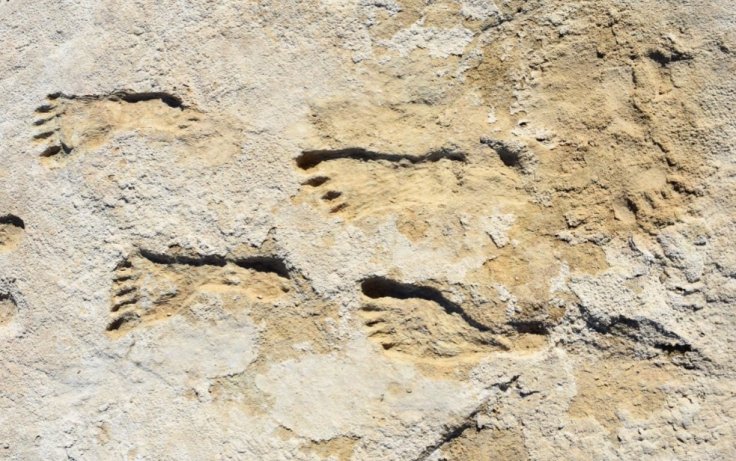
There is proof that people have been roaming the Americas for at least 20,000 years in the White Sands, a vast area of undulating gypsum dunes left by ancient seas in New Mexico.
A portion of White Sands is under US army control as a missile range, but the majority of the area is protected as a national park. Researchers discovered clay footprints in this region that were preserved beneath the gypsum and have altered the chronology of human habitation in the Americas.
In the past, we believed that humans first appeared in North America between 13,200 and 15,500 years ago.
But according to a recent study led by Vance Holliday, an archeologist from the University of Arizona, and published in Science Advances, the footprints are between 20,700 and 22,400 years old based on evidence from mud, Ruppia seeds, and pollen discovered in layers above and below the trace fossils.
This indicates that during the last Ice Age, people crossed a floodplain on the edges of the now-gone Lake Otero, which formerly occupied about 4,140 square kilometers (1,600 square miles) of the Tularosa Basin.
Holliday and his colleagues said, "Pleistocene lakes and associated biological resources in western and southwestern North America must have attracted foragers, but archaeologists have surveyed few paleolake basins."
When the footprints were first found in 2021, embedded seeds and pollen were dated between 21,000 and 23,000 years ago. However, since these biomaterials are lightweight and easily moved in such a dynamic ecosystem, some questioned the method used to determine the age of the footprints. However, the new study discovered that mud layer analysis supports the information provided by plant traces.
"Most of this dating of organic matter from palustrine muds complement the dating of the seeds and pollen previously reported," the authors stated in the report.
Holliday said, "It would be serendipity in the extreme to have all these dates giving you a consistent picture that's in error."









